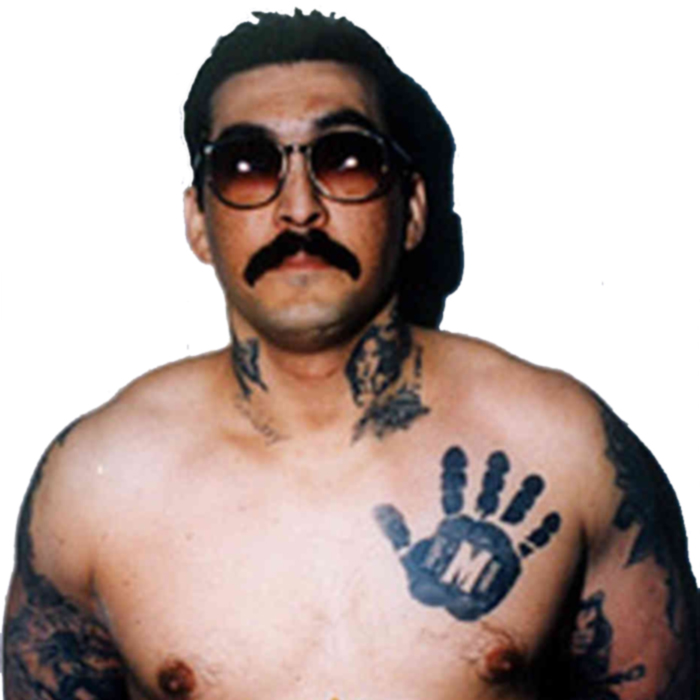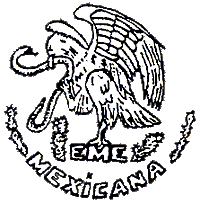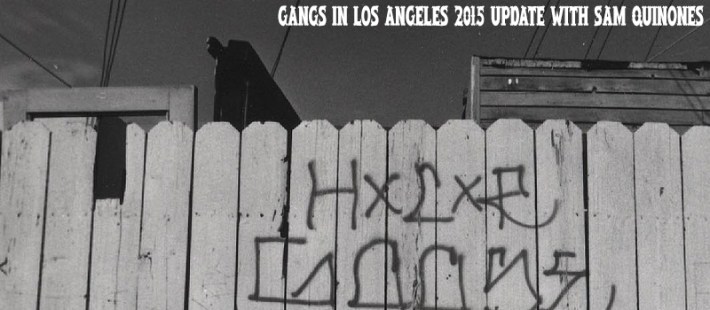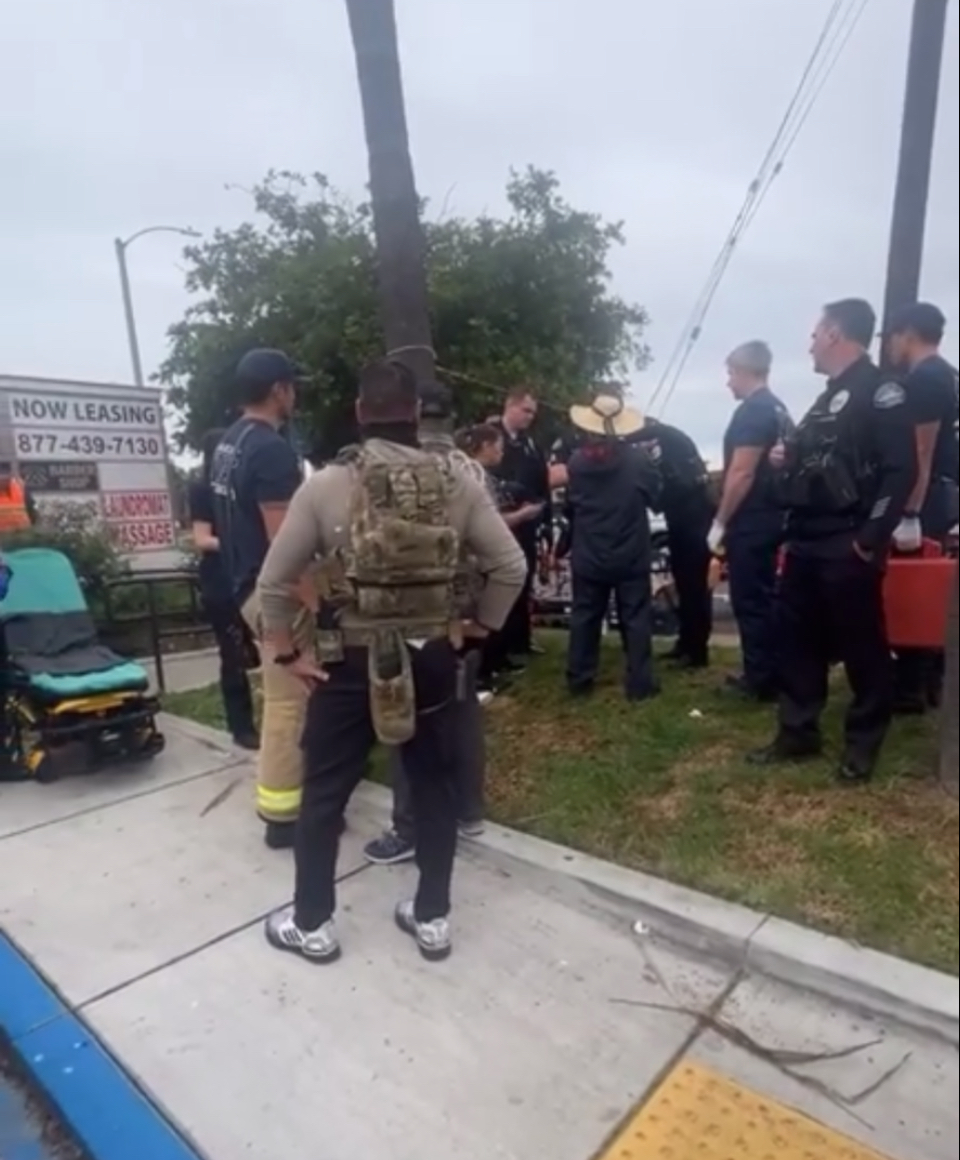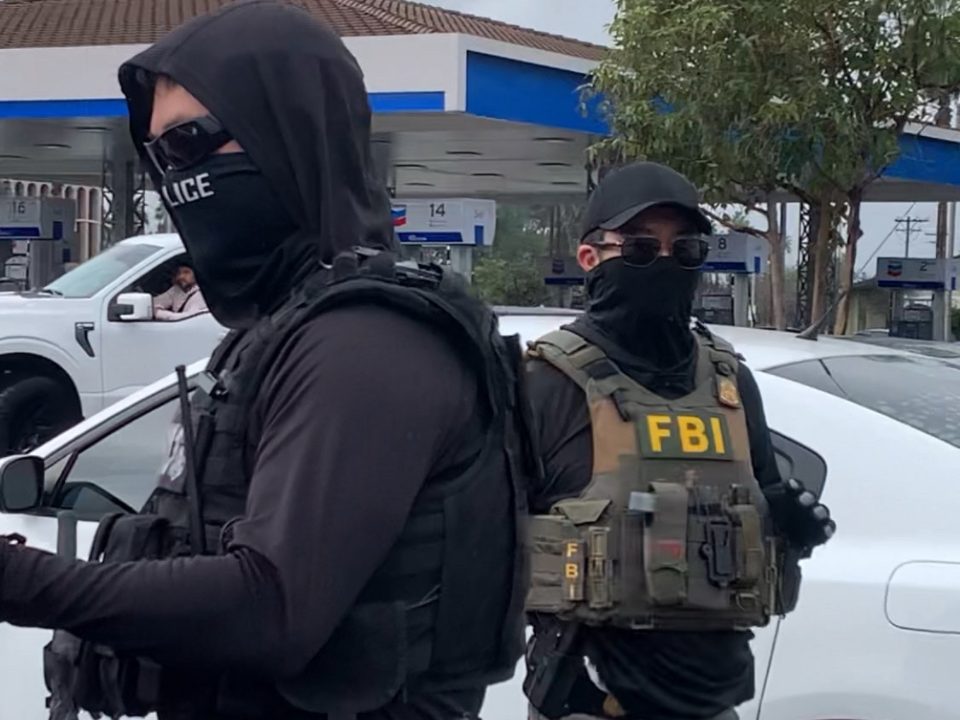Sam Quinones is an author and journalist who lives and works in Los Angeles. He spent many years with the Los Angeles Times, and has done some of his best work since leaving the organization, including recent pieces in the New York Times, National Geographic, and Pacific Standard magazine. The author of several books, including the forthcoming Dreamland: The True Tale of America's Opiate Epidemic, he is also the originator of the Tell Your True Tale workshop which we have featured here on L.A. Taco (here, and here). Sam is a nationally known as an expert on gangs in Los Angeles, and we wanted to get some basic information that could be useful for all Angeleños...
You recently said that the Mexican Mafia is something all Angelenos should know about. What are some basics that you can share with our readers?
That’s a big topic. Basically, the Eme is perhaps an enormously important institution in the lives of people who live in Latino barrios across Southern California. It is so because two decades ago it began organizing, from prisons and county jail, the Latino gang members on the streets, ordering them to tax drug dealers in their areas and funnel part of the profits to whatever Eme member controlled the gang’s area, or his associates or family members.
This new system was instituted by one or two, then copied by many other Mexican Mafia members. The taxation system transformed a prison gang into a mafia on the streets. It transformed local neighborhood gang members from guys who strictly were about controlling their turf into guys far more interested in making money and acquiring power.
Above: "Boxer" Enriquez, former Mexican Mafia killer turned informant who was recently denied parole.
The local Eme member, from his cell in Pelican Bay or Corcoran maximum security, could in broad terms control things on the street, ordering a gang to kill its own members, which is something that never happened before. They also have ordered some gangs to tax certain businesses that have nothing to do with drug sales but are on the edge of legality – like ice cream and fruit vendors, cantinas and bar operators.
Some Eme members have ordered what amounts to crime waves in their areas. Many have let it be known that they didn’t want blacks operating in their territories, leading gangs to go on ethnic cleansing crusades for a several years.
A Latino gang still marches, for the most part, to the orders of whatever Eme member control its area.
That said, the Eme can also resemble the Keystone Cops, with lots of misfits, miscommunication, low-rent operators. Betrayal is common, as most gang members fear the Eme, but also know that the member is locked up forever in maximum security and what he doesn’t know won’t hurt him. So a lot of that tax money doesn’t ever get to him. It’s stolen. Sometimes gang members roll through an area taxing in the name of a certain Eme member who never gave them that authority.
Nevertheless, the Eme has huge impact on some of these neighborhoods. Foremost among them is to have changed small, locally oriented street gangs into tax collectors.
You've written extensively on the decline of gangs. What are some of the basic reasons gang activity in the city of Los Angeles is going down, and do you see this trend continuing?
I believe what’s happened is that gangs have moved off the streets, moved indoors, are far more discreet and low profile than they were during their many years of infamy (1960s-early 2000s). They’re still involved in crime – burglary, jewelry heists, identity theft and, of course, various forms of drug trafficking. But they’re not the classic “street” gangs of yesteryear that created so much havoc and destruction in their working-class and poor neighborhoods.
Part of it is due to the Eme itself, which has shown itself, on one hand, to be entirely two-faced. Eme members will call out greenlights on gang members for virtually no reason. So some gang members are fading away because they see all that is duplicitous about the organization. Years ago, Latino street gangs in particular were all about defending their neighborhood. They found some honor in that, some feeling of decency that maybe they found nowhere else – twisted though it all might have been. That feeling of honor and fighting for something larger has faded with implementation of the Mexican Mafia’s taxation system. Now it’s all about money, and people will betray any trust for money.
At the same time, the Eme doesn’t want people calling attention to drug sales in their areas, so some have pushed for gangs to stop the tit-for-tat feuding that was a staple of gang activity for so many years. Mexican drug trafficking organizations have had the same effect in some neighborhoods, I believe.
But there are many other reasons. I believe gang injunctions have had a huge effect on gangs dispersing or moving indoors. There’s also the very aggressive use of RICO indictments by the local US Attorney’s office. That’s sent a lot of guys far away to prison, and to serve long sentences.
I believe community policing is also an important part of the story. Police, LAPD in particular, seem to understand that forming alliances with members of the community can lead to far more effective policing and results than the arms-length approach it used for many years. I think it’s interesting to see how jobs at LAPD have changed. Captain III, who run the divisions, are almost like community organizers as much as they are cops. Their job is to see what the community needs in terms of services, improvements, clean up etc etc, and find the city resources to get that done – all with the belief that this will help unify a neighborhood. All of this has an effect on gangs in many areas.
But there’s a lot behind this story that I don’t have space to go into. The Internet is keeping kids indoors. That’s another factor. There are many.
Which gangs are most prominent in Los Angeles, and what should an average citizen know about them?
There are many that have been historically large. Numerous Crip gangs, for example, Main Street, Broadway Gangster Crips, Rollin 60s, Rollin 30s – though I believe their numbers have been generally reduced due to demographic shifts in Southern California. Lately, though, gangs in South Central have been acting up. We’ll see where that leads.
When it comes to Latino gangs, there are too many to list here: at least four cliques of 18th Street, East LA has a bunch of long-standing gangs, Florencia, which has numerous cliques, Avenues, which has four, Hawaiian Gardens, various cliques of West Side Verdugo in San Bernardino, East Side Riva in Riverside, with many cliques as well. The list goes on.
I believe people should study the gang in their area, or near them. It helps to know the history, the typical behavior, who the leaders are and what investigations have been brought against them.
What are gang-free parks and how did they get started?
As gangs have receded from the streets, one place you see that best is the parks. Most parks now are clean, safe places – this includes parks that once were crazy, chaotic places, dominated by gangs, that no decent parent would ever take a child to. You can go all across Southern California and see the change in the parks. They’re just not the danger zones they once were.
Gangs took them over years ago because they were open, uncontrolled spots that had no force, besides the gangs, that was consistent enough to face them down. Once a gang congregates there, then rivals know where to go to shoot them, so some parks became seriously dangerous places.
That change is part of the revolution in LA gang behavior that we’ve seen over the last five or so years, to the point where it’s probably not correct to speak of “street” gangs any more, at least the kind that were so much a part of life in Southern California for so long.
-------
More Sam Quinones: http://samquinones.com/reporters-blog/

